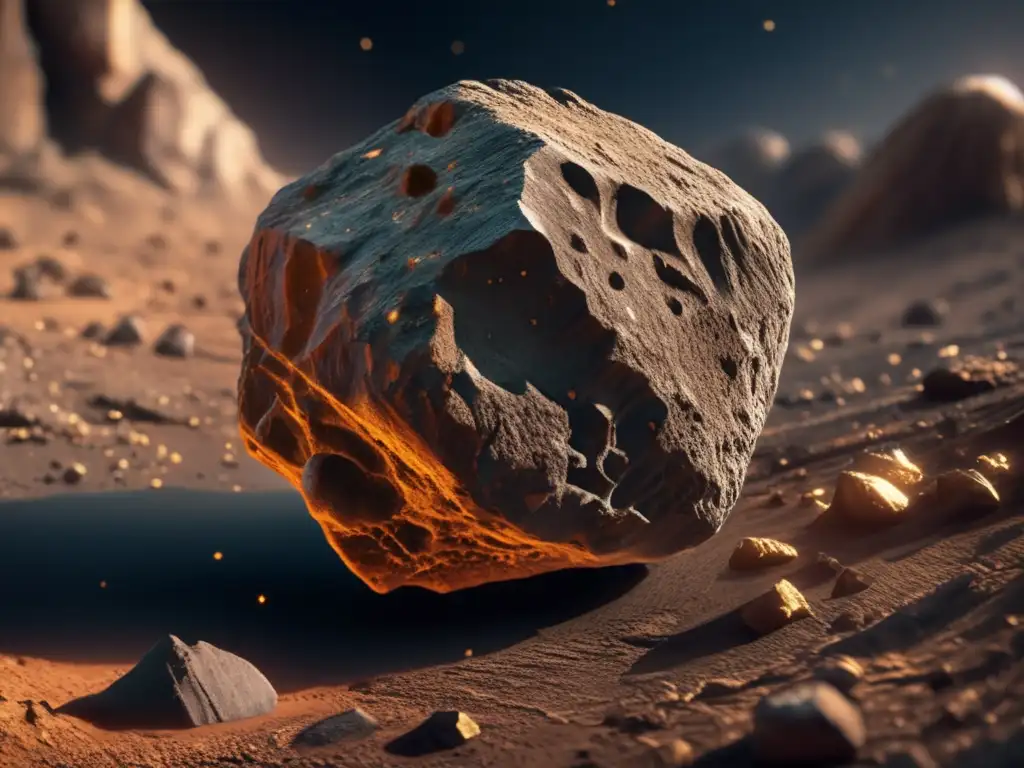Aeneas: Unraveling The Mysteries Of An Asteroid

Introduction
Aeneas, named after the legendary Trojan hero in Greek mythology, is one of the many fascinating asteroids that populate our solar system. These celestial bodies, remnants from the formation of the planets, hold valuable information about the history and composition of our universe. In this article, we will explore the profile of Aeneas, delving into its origins, characteristics, and significance in the study of asteroids.
Discovery and Naming

Discovery
Aeneas was discovered on February 8, 1878, by German astronomer Christian Heinrich Friedrich Peters at the Litchfield Observatory in Clinton, New York. Peters, renowned for his extensive work in asteroid discovery, identified Aeneas as the 91st asteroid to be detected.
Naming
The naming of asteroids often pays homage to figures from mythology, literature, or notable individuals. Aeneas, the namesake of this asteroid, comes from the famous epic poem "The Aeneid" by the ancient Roman poet Virgil. Aeneas, a Trojan prince who survived the fall of Troy, is considered the ancestor of the Romans.
Physical Characteristics

Size and Composition
Aeneas has an estimated diameter of about 214 kilometers (133 miles) and belongs to the Eunomia family of asteroids, which are known to be primarily composed of silicate rock and metal. It orbits the Sun within the inner main asteroid belt, situated between Mars and Jupiter.
Surface Features
While detailed observations of Aeneas are limited, scientists have gathered some insights into its surface through light curve analysis. These studies suggest that Aeneas may have a relatively irregular shape and possibly exhibit craters and other geological formations.
Significance and Studies

Contributions to Asteroid Research
Aeneas, like other asteroids, plays a vital role in advancing our understanding of the solar system's formation. By studying its composition and structure, scientists can gain insights into the early history of the universe and the processes that shaped and continue to shape celestial bodies.
Exploration Missions
As of now, no specific exploration missions have been planned for Aeneas. However, the increasing interest in asteroid exploration, such as NASA's OSIRIS-REx mission to asteroid Bennu and Japan's Hayabusa2 mission to asteroid Ryugu, indicates a growing desire to study and potentially utilize these celestial objects.
Frequently Asked Questions

-
Q: What is the significance of the name Aeneas for this asteroid?
A: The name Aeneas pays homage to the Trojan hero from Greek mythology, who is considered the ancestor of the Romans. Naming asteroids after mythological figures or notable individuals is a common practice in astronomy.
-
Q: How big is Aeneas?
A: Aeneas has an estimated diameter of about 214 kilometers (133 miles). It falls within the range of medium-sized asteroids in the inner main asteroid belt.
-
Q: Are there any plans to explore Aeneas in the future?
A: Currently, there are no specific exploration missions planned for Aeneas. However, with the increasing interest in asteroid exploration, it is possible that future missions may target this and other asteroids.
-
Q: What can studying Aeneas tell us about the solar system's formation?
A: By studying the composition and structure of Aeneas, scientists can gain insights into the early history of the universe and the processes that governed the formation of celestial bodies. This knowledge helps us better understand our own planetary system and its place in the cosmos.
-
Q: How do scientists study the surface of Aeneas?
A: Detailed observations of Aeneas are limited, but scientists use light curve analysis to gather information about its surface. This analysis provides insights into the asteroid's shape, potential craters, and other geological features.
Conclusion
Aeneas, with its fascinating history and characteristics, offers valuable insights into the world of asteroids. As we continue to explore and uncover the mysteries of our solar system, asteroids like Aeneas serve as crucial pieces of the puzzle. By studying their composition, surface features, and orbital dynamics, we deepen our understanding of the universe's past and present. Let us continue to marvel at the wonders of Aeneas and other celestial objects, unraveling the secrets they hold.
Feel free to share your thoughts and opinions in the comments section below. Don't forget to subscribe to www.asteroidrealm.com for more captivating articles on asteroids and their significance. Thank you for joining us on this cosmic journey!
Additional Resources

For further information on asteroids and related topics, explore the following resources:
 Creusa: A Comprehensive Look At Its Characteristics
Creusa: A Comprehensive Look At Its Characteristics Misenus: An Asteroid Worth Exploring
Misenus: An Asteroid Worth Exploring Asteroid Palinurus: Its Relevance In Space Science
Asteroid Palinurus: Its Relevance In Space ScienceIf you want to discover more articles similar to Aeneas: Unraveling The Mysteries Of An Asteroid, you can visit the Asteroid Profiles category.
Leave a Reply

Articulos relacionados: